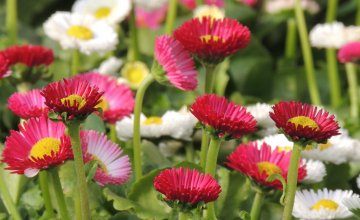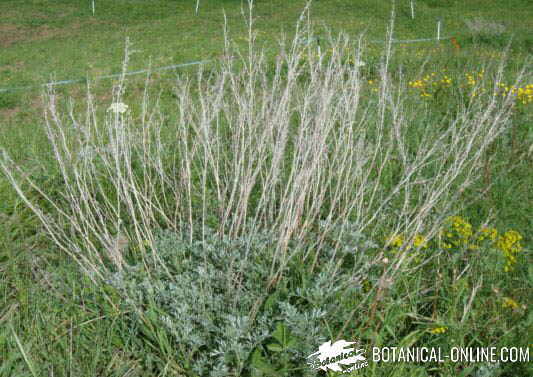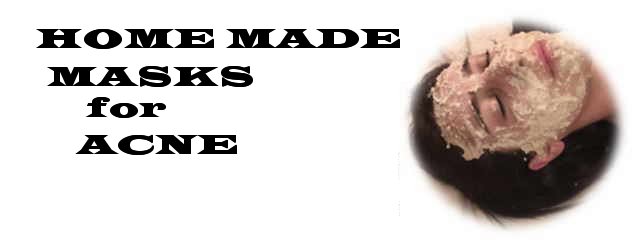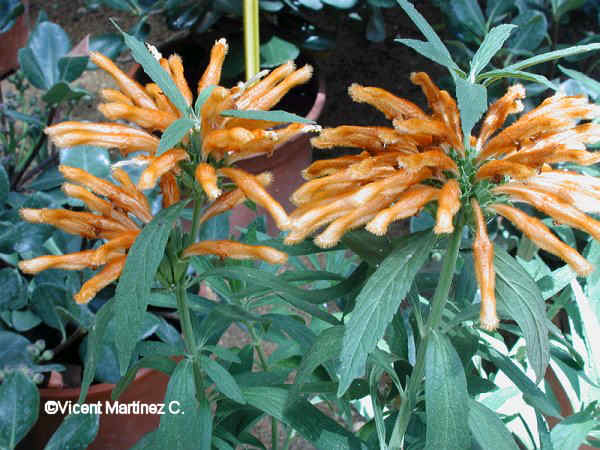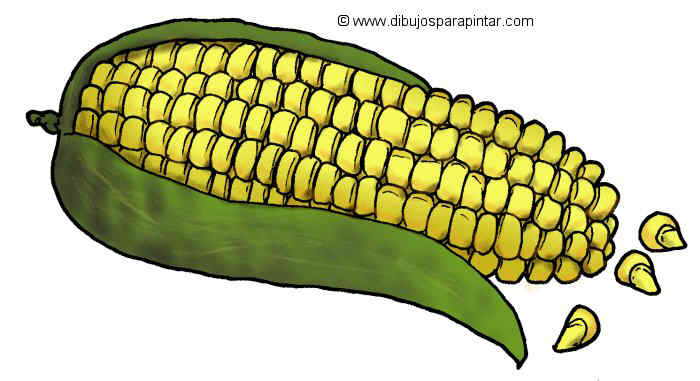Contents
Medicinal properties of ivy
Active parts of ivy
Mainly, the fruits. In less quantity; the leaves. Ivy as a medicinal plant should only be used under medical prescription or in standardized pharmacy preparations.
The fruits of ivy are toxic due to the high hederin content, with spasmolytic, expectorant and hemolytic properties. In children it is especially more toxic, although its intake is not usually produced given the bitter and unpleasant taste of the fruits. (More information on the toxicity of ivy)
TRADITIONAL USES OF IVY
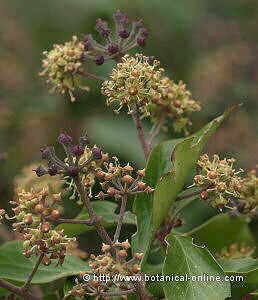
Ivy has been used since antiquity as a medicinal plant. Culpeper comments that Pliny considered that the ripe fruits were adequate to cure the jaundice and that, if they were taken before drinking, they protected against the drunkenness.
He adds that, according to Pliny, when fruits are mixed with wine, they are suitable for dissolving stones in the kidneys, increasing urine, and menstruation. Fresh leaves boiled in vinegar may be applied to the sides of people who have spleen or sore aches.
This same preparation, mixed with rose water and rose oil, applied on the forehead and temples, improves the headache but should be applied fairly continuously.
He continues by stating, according to the same source, that fresh leaves, boiled in wine, are good for curing ulcers because they “wonderfully help clean them” and in the same way this preparation “is effective to cure all burns and irritations and all kinds of ulcerations coming from them, or phlegm and humors in other parts of the body.
He adds that “the juice of the berries of the ivy sniffed by the nose, purges the head and brain of rheumatism that produces the distillations of the nose and eyes” that the same preparation “introduced as drops into the ear, Helps the old and current ulcers. ”
For the sick of the spleen he comments that “they will find much comfort by drinking a cup of ivy, as long as the drink can remain inside before it is drunk” because “Cato said that the wine introduced into a cup like that will drain through of it, because of the antipathy that exists between them “.
Culpeper is of the same opinion as Cato when he states: “There seems to be a great antipathy between wine and ivy, because if one has taken a great deal to drink wine, his fastest cure is to drink a drink of the same wine where they have boiled a handful of ivy leaves, previously crushed. ”
A similar opinion, is given by Pío Font Quer in his book “The renewed Dioscorides”, when referring to the writings of Laguna on this plant: ” Laguna states that, according to Cato, you can know if the wine contains water if we throw the wine in a glass made of ivy wood because the wine will strain through it and the water will remain clear“.
Laguna agrees with Culpeper about the uses of this plant when he says that the decoction of the leaves in wine, applied as a plaster is adequate to cure all types of sores, burns and skin blemishes. Like the physician and English apothecary, he adds that the fruits of ivy have emmenagogue properties and that the resin of the plant, applied on the hair, it is a good depilatory or a remedy against lice.
MEDICINAL PROPERTIES OF IVY
Ivy remedies for internal use
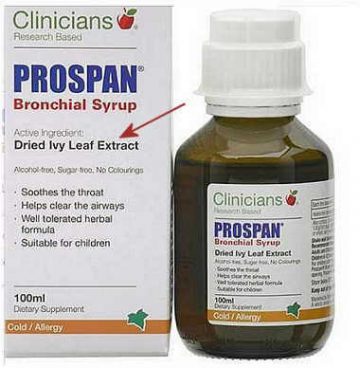
The internal use of this plant is dangerous, even deadly, so it is advised not to take internal preparations for home use and use this plant only when prescribed by the doctor.
- Respiratory diseases: In internal use the properties of ivy derive from its hederin content, a saponin with expectorant and emmenagogue properties. For this reason, it has been used in the manufacture of remedies for the respiratory tract (bronchitis, colds, cough, tuberculosis, etc.)
(The usual way of preparation has been the use of tincture) (Take standardized preparations with ivy extract Can be found in pharmacies and Parapharmacies)
- Rheumatism: The vasoconstrictor capacity of hederin has also been used in internal use for the treatment of rheumatic or neuralgic type pain by the ingestion of a few drops of fluid extract.
Ivy preparations for external use
In external use, the main properties of ivy are as follows:
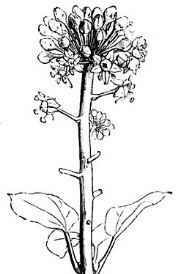
- Pain: The ability of ivy to decrease the sensitivity of the peripheral nerves is used for the external treatment of pain, especially in regard to muscle pain or pain in the joints due to rheumatism.
Compresses have been used with the decoction of 200 g of leaves per liter of water for 10 minutes. However, given the toxicity of this plant, it is advisable to use standardized preparations according to the conditions of the leaflet and under medical supervision
- Cellulite: Ivy is a plant widely used in natural cosmetics and home remedies for the natural treatment of cellulite.
The component or principle responsible for its effects is & hederagenin that causes the constriction and subsequent dilatation of the blood vessels.
This property is used for the external treatment of cellulite. (The best option is to apply an anticellulite cream sold in pharmacies or specialized stores according to the conditions of the leaflet)
- Lice: It has been used to eliminate lice, although it is wiser to use other remedies.
Is ivy a safe plant?
Given the toxicity of this plant, the home use of the plant is discouraged, both in internal and external use, and can only be administered in the form of standardized preparations when dictated by the physician.
![]() More information on ivy.
More information on ivy.

